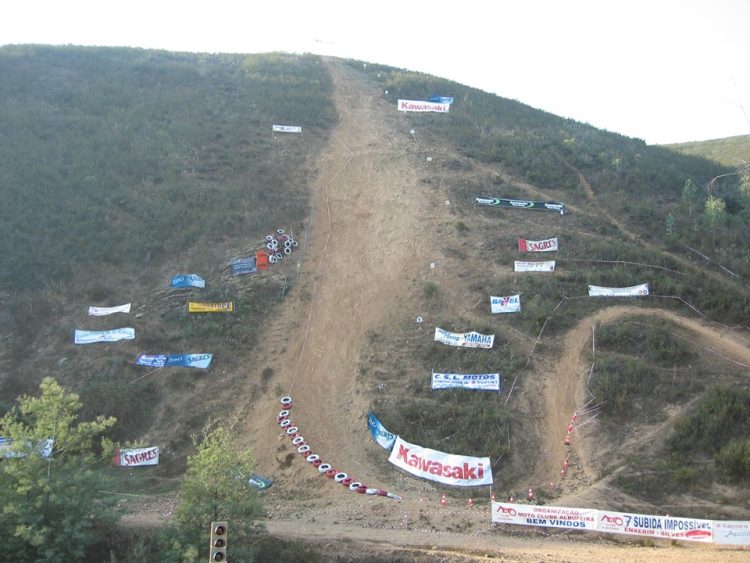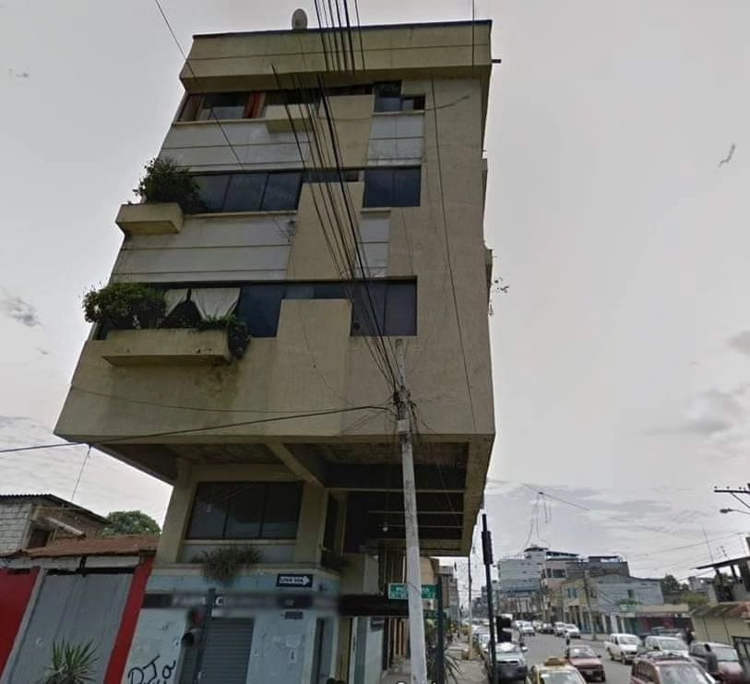Gwen Murphy is a brilliant artist who breathes new life into old shoes, by transforming them from fashion accessories into intriguing works of art.
Ever since she was a little girl, Gwen liked to look at shoes and found that they were staring back at her, each pair with its own character and personality. Depending on model and how worn out they were, some shoes sometimes looked sleepy, other times grouchy or fierce, some even looked like they were singing. Young Gwen perceived them as a species of beings made entirely from pairs of identical twins, and the fascination with shoes stayed with her all the way through adulthood.
Now, she collects pairs of worn out shoes and tries to bring out their personality, by literally giving them a face. She makes use of ash clay and acrylic paint to create bugged-out eyes, long faces and pouting lips, and gives each pair a unique face that expresses its unique character. Indian slippers have an exotic look, wooden shoes look blissful and primitive, while high heel shoes have somewhat of an arrogant look.
Gwen Murphy named her collection of shoe artworks “Foot Fetish” because she actually perceives shoes as fetishes (objects believed to have magical powers to protect or aid its owner). To her, they have the power to protect our feet and transport us from place to place.





















